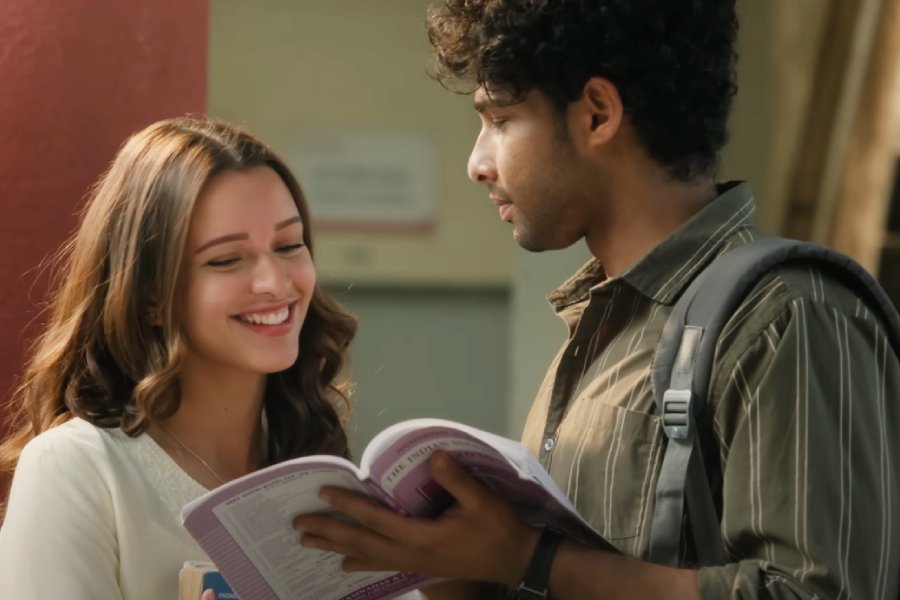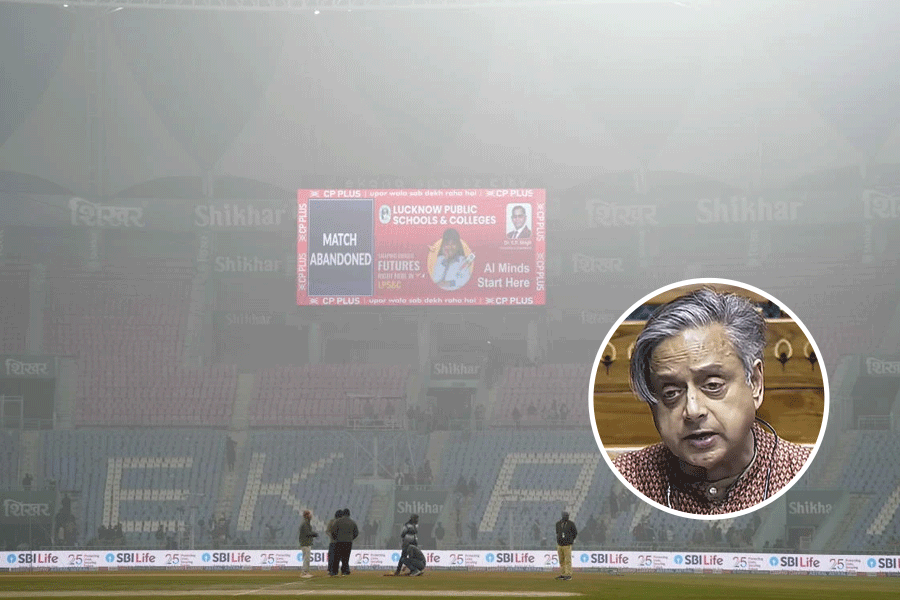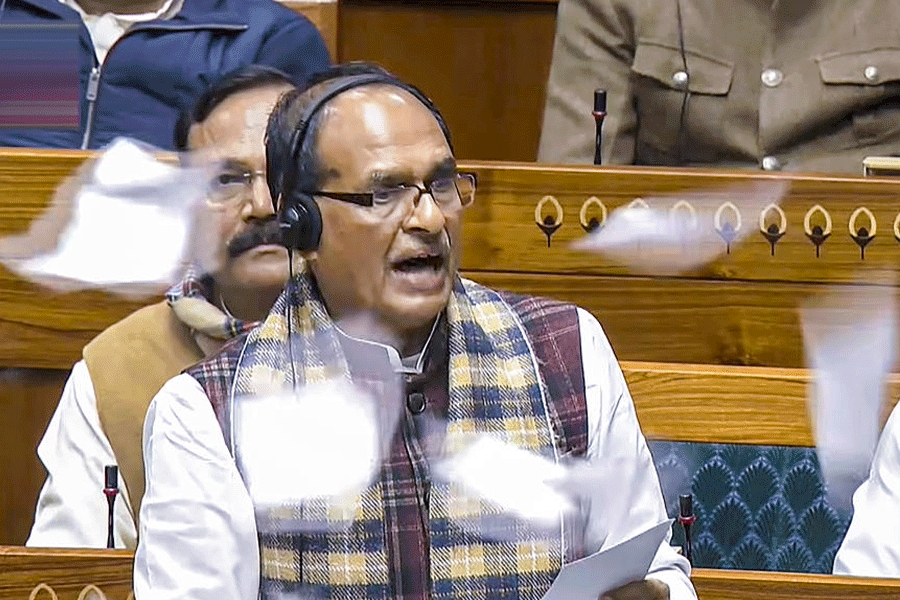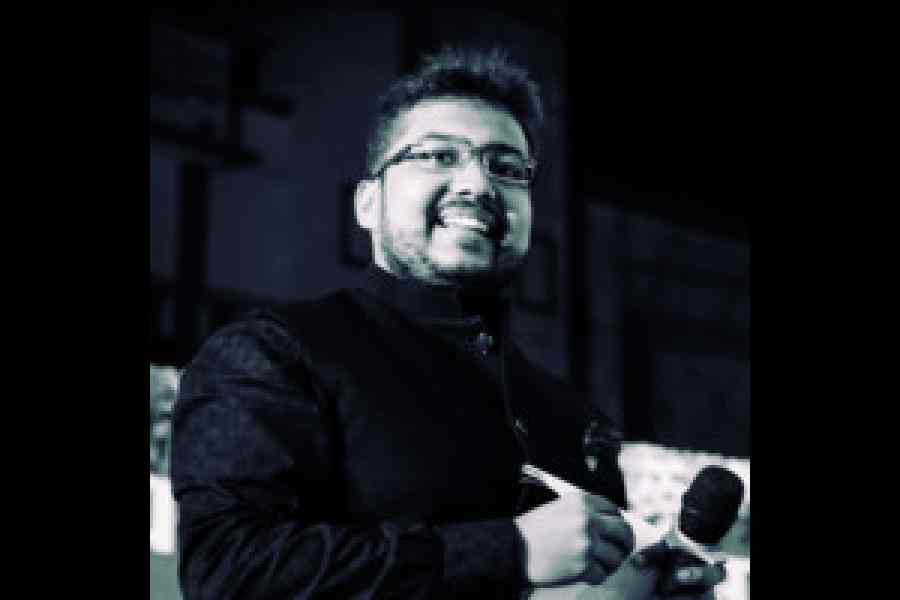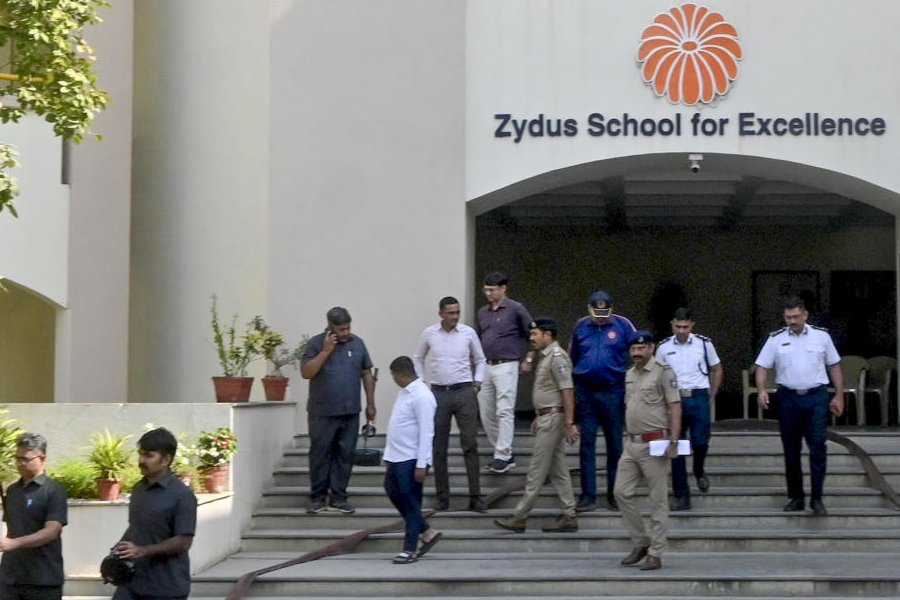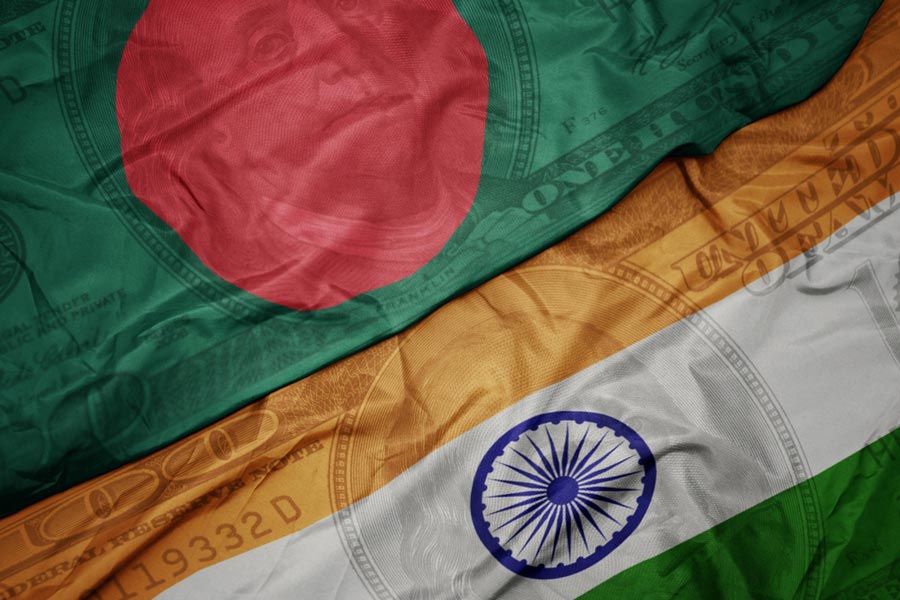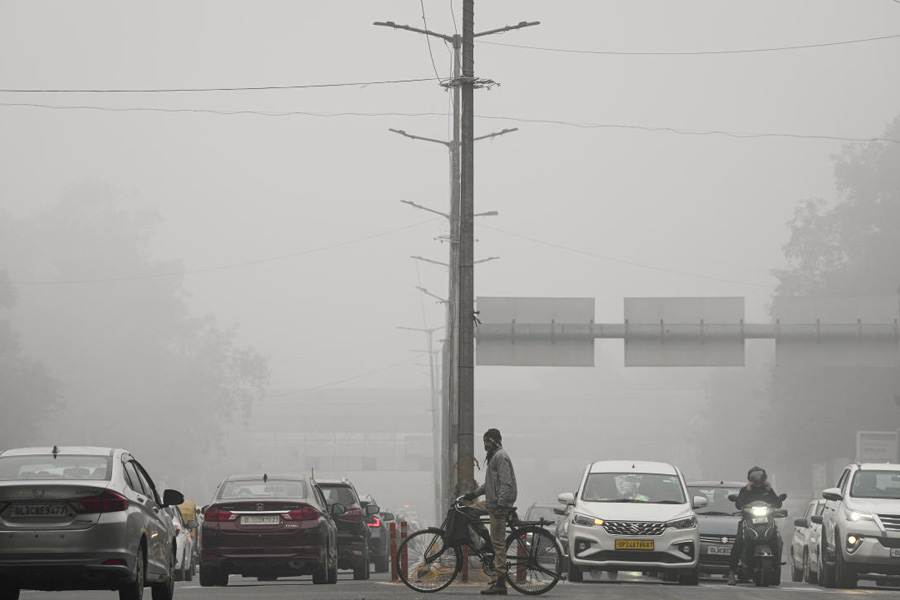Shazia Iqbal’s Dhadak 2 starring Siddhant Chaturvedi and Triptii Dimri recasts the source material, the 2018 Tamil drama Pariyerum Perumal, in a Bollywoodised fare. But where it excels is the retention of the ideological clarity the original film had — a quality the first Dhadak (a 2018 remake of Marathi film Sairat) lacked.
Unlike Dhadak, the launch vehicle for Janhvi Kapoor and Ishaan Khatter which opted for a glossy, romantic treatment, Dhadak 2 keeps it raw.
Here’s why the film is a must-watch — for both Bollywood fanatics and those who prefer substance over aesthetics.
A telling tale of caste discrimination
Iqbal, whose 2019 short film Bebaak explored institutional patriarchy, turns the lens on caste discrimination with Dhadak 2.
Siddhant Chaturvedi plays Neelesh, a Dalit law student who aspires for a life of dignity, but his dreams are thwarted by social hierarchies. His relationship with Vidhi (Triptii Dimri), a privileged upper-caste classmate, becomes a catalyst for the central conflict of the film.
Neelesh is not a Bollywood hero in the traditional sense. His fight is not for winning the love of his life but for the right to lead a life of dignity with the person he loves.
Chaturvedi, in a career-best performance, leans into restraint rather than theatrics. His silence speaks as loudly as his rare outbursts, especially when he tells Vidhi’s father, “I wanted to fly, but you took away my sky”, in the climax.
A female lead with agency of her own
Vidhi, unlike her counterpart in the Tamil original, is presented with more agency. She is outspoken and educated, aware of progressive jargon, and quick to identify patriarchal behaviour. Yet, her liberalism is surface-deep. Her understanding of caste begins and ends with acceptance, not awareness. When Neelesh pleads for understanding, she insists that love should be enough, not realising that even love, in a caste-ridden society, comes with power imbalances.
Elaborate sets that may remind you of the Dharma magic
Dhadak 2’s Bollywood-style makeover is likely to resonate with a pan-India audience. The law college setting resembles the campuses often seen in Dharma productions. The rustic setting of the original Tamil film makes way for a sleeker aesthetic. And then there are the occasional song-and-dance sequences.
The focal point isn’t romance — it is discrimination
However, Iqbal does not allow the film to dissolve into romance. Every time the narrative threatens to soften, a rupture arrives. A soulful song cuts off mid-melody when a caste vigilante appears in the scene. A wedding revelry is followed up by a gut-wrenching scene of violence.
The music, though strategically placed, fails to leave a lasting impact. Unlike Pariyerum Perumal, where the score heightened the emotions, Dhadak 2 fails to make its way into your hearts. Iqbal’s film also falls short of meeting the gold standard set by its predecessor’s cult songs — the peppy dance number Zingat still strikes a chord with the audience.
The supporting cast adds more weight to characters
The supporting cast provides some of the film’s most affecting moments. Saurabh Sachdeva plays a serial killer with grit and menace, embodying the ugly face of casteist violence. Vipin Sharma, as Neelesh’s father, leaves an impact in a small but meaningful cameo.
A Dalit student leader (played by Priyank Tiwari), modelled on real-world figures like Rohith Vemula and Umar Khalid, becomes the film’s moral anchor. In a standout moment, he breaks the fourth wall during a monologue. In that instant, Dhadak 2 stops being a film and starts becoming a mirror to society.

